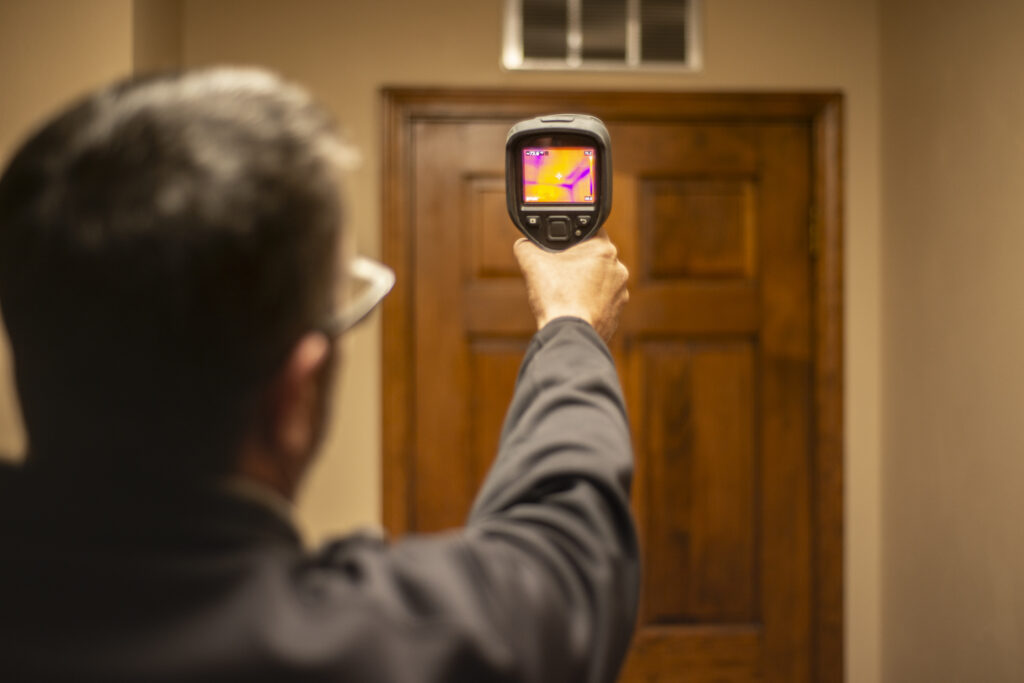When it comes to home inspections, HVAC systems are a critical component that directly impacts the comfort, health, and energy efficiency of a home. One often overlooked but essential part of the HVAC system are the registers—the vents through which air flows in and out of your living spaces. Understanding what a home inspector looks for in your HVAC registers can help you ensure that your system is functioning properly and efficiently. Here’s a detailed look at the key aspects an inspector will examine.
1. Airflow and Distribution
A home inspector will check the airflow from each register to ensure it is consistent and adequate. Proper airflow is crucial for maintaining a comfortable indoor temperature and ensuring the HVAC system operates efficiently.
Inspection Points:
- Measure the airflow using an anemometer to ensure it meets the manufacturer’s specifications.
- Check for even distribution of air in all rooms, ensuring no significant differences that could indicate a problem.
- Identify any obstructions or blockages within the ducts that could impede airflow.
2. Cleanliness and Condition
Dust, debris, and other contaminants can accumulate in and around HVAC registers, affecting air quality and system efficiency. An inspector will examine the cleanliness and overall condition of the registers.
Inspection Points:
- Look for visible dust, dirt, and debris on the register covers and within the ducts.
- Check for signs of mold or mildew, which can indicate moisture issues and affect indoor air quality.
- Inspect the condition of the register covers for rust, damage, or wear that might require replacement.
3. Proper Installation and Placement
The placement and installation of HVAC registers play a crucial role in the effectiveness of the heating and cooling system. An inspector will assess whether the registers are correctly installed and appropriately placed within the home.
Inspection Points:
- Ensure registers are securely attached to the walls, floors, or ceilings without gaps or misalignment.
- Verify that the placement of registers allows for optimal air circulation, avoiding blockages by furniture or other objects.
- Check for the correct number and size of registers in each room to ensure balanced heating and cooling.
4. Thermal Imaging and Temperature Checks
Using thermal imaging technology, inspectors can detect temperature inconsistencies that might not be visible to the naked eye. This helps in identifying issues with the HVAC system’s performance.
Inspection Points:
- Use a thermal camera to check for temperature variations around the registers, which can indicate leaks or poor insulation.
- Measure the temperature of the air coming from the registers to ensure it matches the settings on the thermostat.
- Identify any cold or hot spots that might suggest ductwork issues or improper register placement.
5. Ductwork Inspection
While registers are the visible part of the HVAC system, they are connected to a network of ducts that transport air throughout the home. An inspector will consider the condition of the ductwork as part of the register inspection.
Inspection Points:
- Check for signs of ductwork damage or disconnections that could affect airflow and efficiency.
- Look for insulation issues within the ducts that might lead to energy loss and inconsistent temperatures.
- Ensure ducts are free from obstructions and properly sealed to prevent leaks.
6. Functional Testing
Finally, a home inspector will perform functional tests to ensure the HVAC system is working correctly and efficiently. This includes operating the system through various cycles and observing the performance of the registers.
Inspection Points:
- Turn on the HVAC system and test both heating and cooling functions.
- Observe the response time and effectiveness of the registers in delivering the desired temperature.
- Listen for unusual noises that might indicate issues with the system or ductwork.
Conclusion
The inspection of HVAC registers is a crucial aspect of a comprehensive home inspection. By examining airflow, cleanliness, installation, temperature consistency, ductwork condition, and overall functionality, a home inspector can provide valuable insights into the performance and efficiency of your HVAC system. Regular maintenance and attention to these details can help ensure a comfortable and healthy living environment, as well as protect your investment in your home’s heating and cooling system. Whether you are buying, selling, or maintaining your home, understanding what an inspector looks for in your HVAC registers can help you take proactive steps to keep your system running smoothly.


